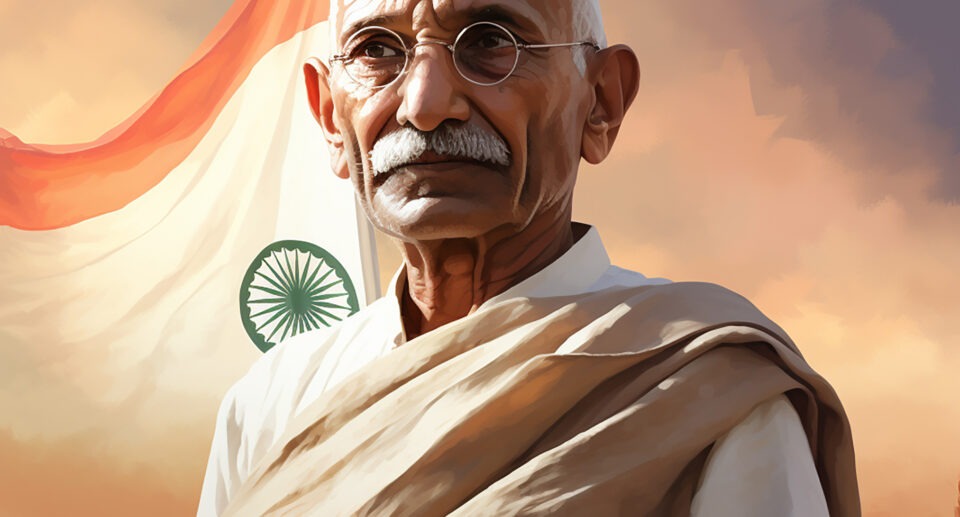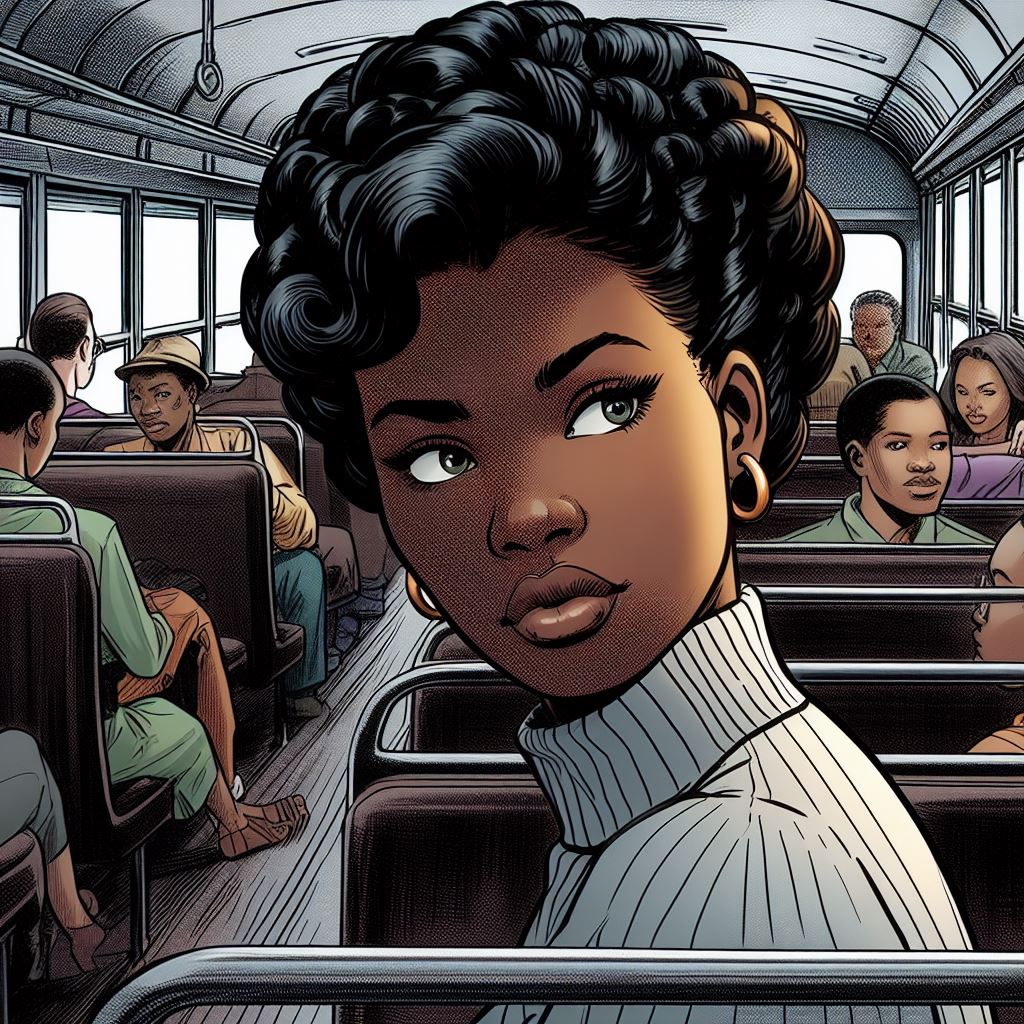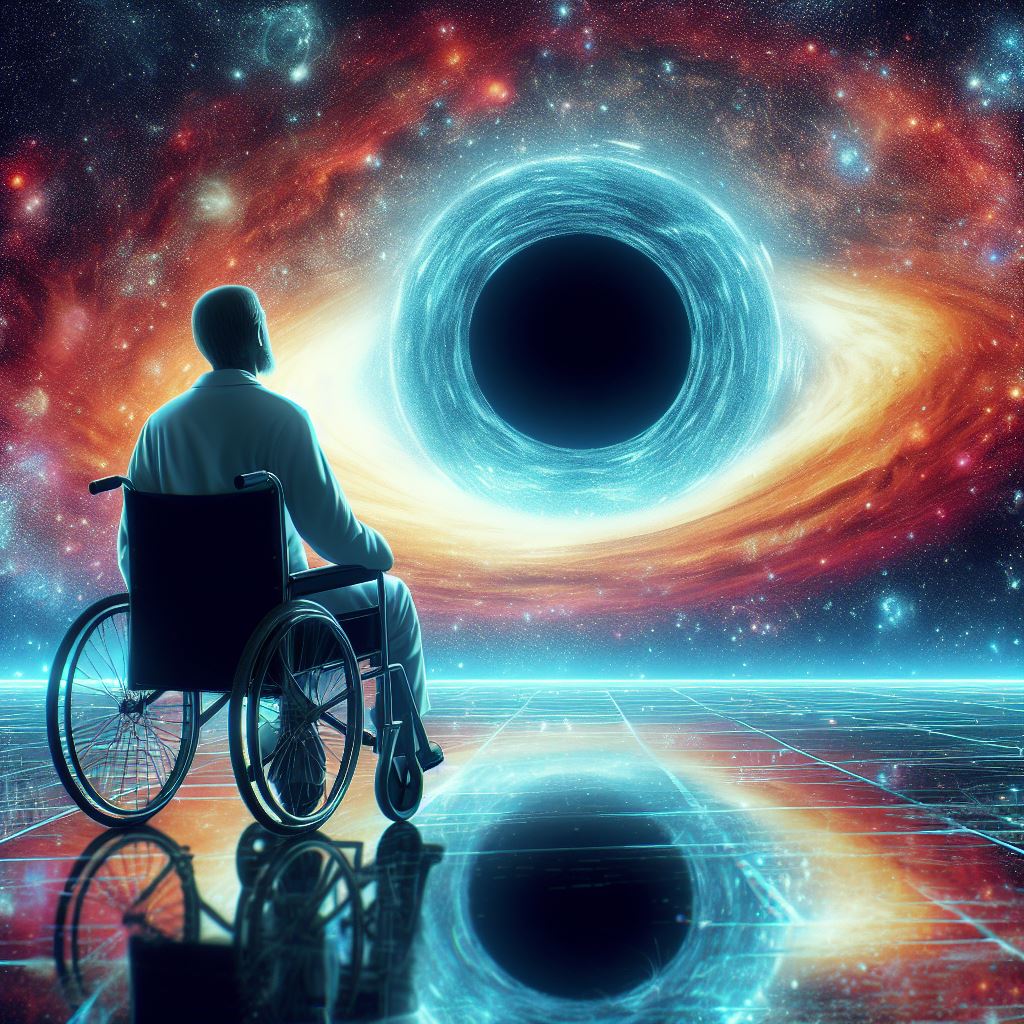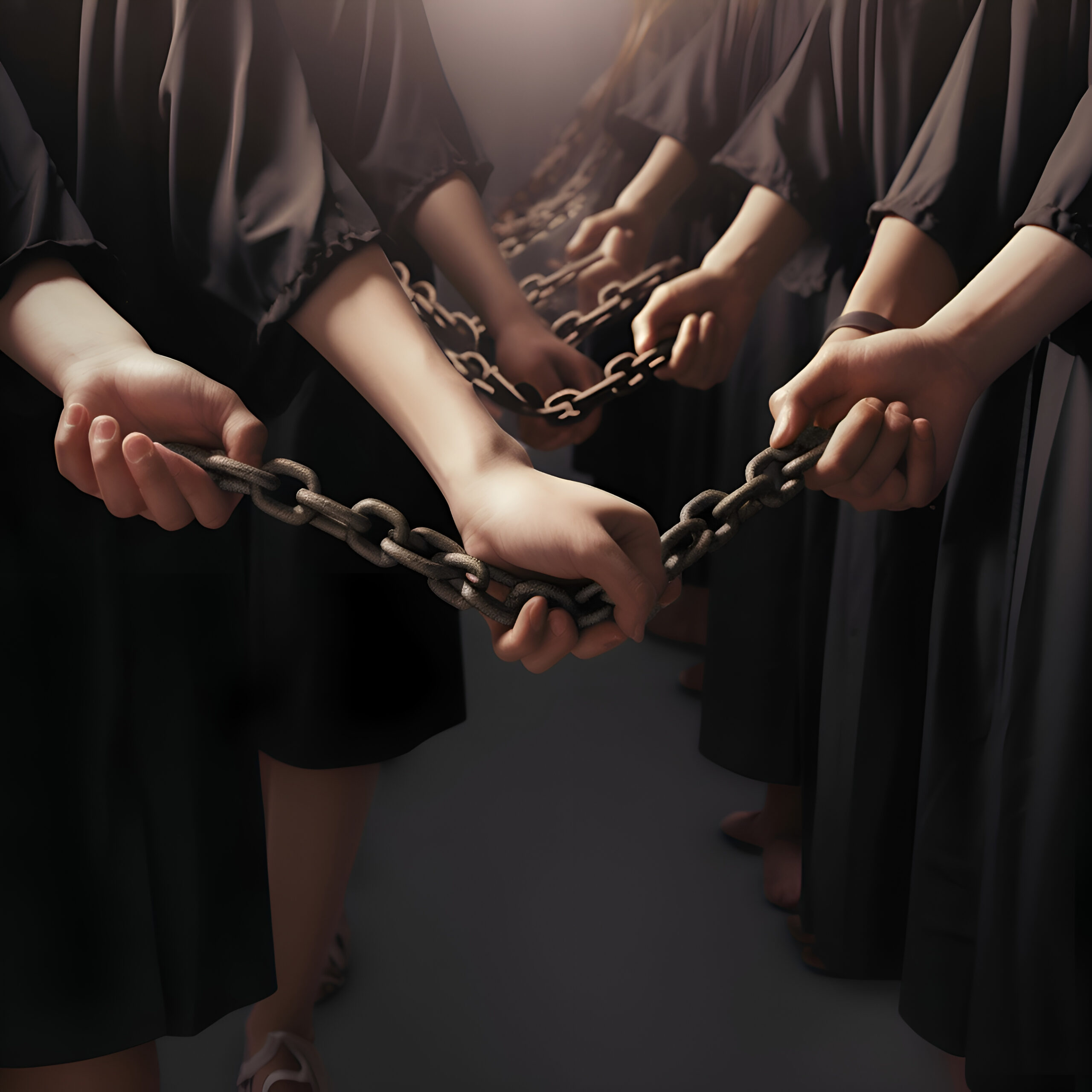How Did Martin Luther King Jr. Overcome Challenges
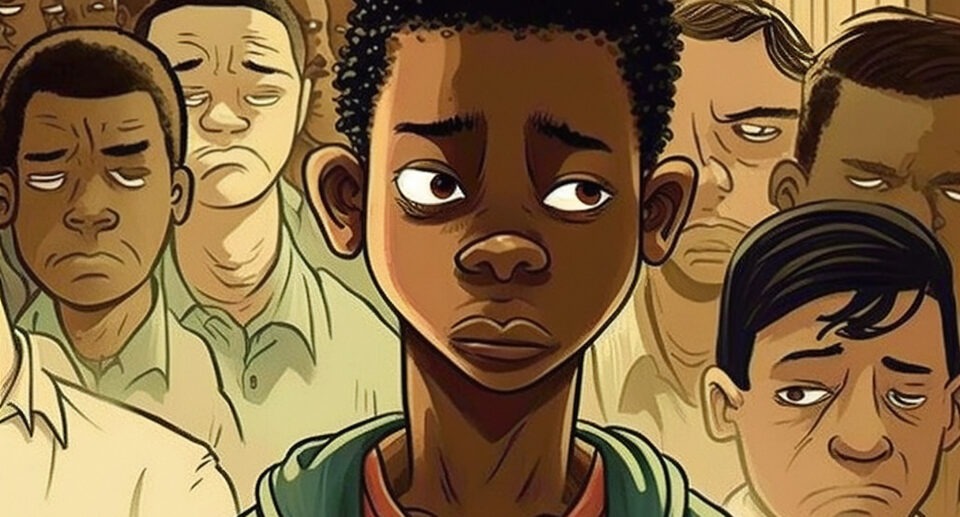
How Did Martin Luther King Jr. Overcome Challenges – Martin Luther King Jr. Stands as a beacon of courage and resilience in the fight for racial equality. His unwavering dedication to justice and his indomitable spirit in the face of large adversity keep encouraging generations. But Dr. King’s journey was far from easy. He faced a deeply segregated America, entrenched in discriminatory criminal statutes and societal norms. How did Martin Luther King Jr. Overcome daunting conditions so reputedly insurmountable? This post discusses the important barriers he confronted and the strategies he hired to dismantle racial obstacles and endorse a simple and equitable society.
This exploration of Dr. King’s triumphs over adversity reveals precious instructions for our own times. As we try to create an extra inclusive and equitable international, understanding his strategies and unwavering spirit can function as a powerful source of thought.
Facing a Mountain of Segregation: Overcoming Challenges of Racial Prejudice
The America of Dr. King’s era turned into a nation deeply divided by racial prejudice. Laws and social customs relegated African Americans to a lifestyle of segregation and discrimination. They have been denied the same right of entry to schooling, employment, and housing. The Jim Crow South enforced these inequalities through violence and intimidation. Overcoming those challenging conditions of racial prejudice formed the middle of Dr. King’s challenge.
The Power of Non-Violent Resistance: Challenging Segregation Through Peaceful Protest
One of the most brilliant approaches Dr. King overcome demanding situations was his unwavering commitment to non-violent resistance. He believed that non-violent protest and civil disobedience had been the simplest tools to dismantle segregation and attain social exchange. Dr. King drew notion from Mahatma Gandhi’s motion for Indian independence, advocating for marches, boycotts, and sit-ins to elevate recognition of racial injustice.
The 1st viscount Montgomery of Alamein Bus Boycott of 1955 serves as a high instance of Dr. King’s effective use of non-violent resistance. Following the arrest of Rosa Parks for refusing to give up her seat on a bus to a white passenger, Dr. King led a 12-month-long boycott of the Bernard Law Montgomery bus machine. This peaceful protest garnered countrywide interest and pressured the town to desegregate its buses. The Sir Bernard Law Bus Boycott marked a turning point in the Civil Rights Movement, demonstrating the effectiveness of Dr. King’s non-violent method.
Navigating Threats and Violence: Overcoming Challenges of Fear and Intimidation
Dr. King’s pursuit of racial equality did not come without tremendous risk. He and his followers confronted regular threats, harassment, and violence from white supremacists. His home was bombed, and he was arrested several times. Overcoming those demanding situations of fear and intimidation required substantial braveness and unwavering resolve.
The Strength of Conviction: Facing Threats with Unwavering Determination
Dr. King’s unwavering dedication to justice fueled his braveness in the face of threats. He believed that the purpose of racial equality turned into some distance extra than any non-public chance he faced. His iconic “I Have a Dream” speech, added throughout the March on Washington for Jobs and Freedom in 1963, exemplified his unwavering determination. In this effective speech, Dr. King laid out his imaginative and prescient of a surely equitable America, a vision that transcended the concern and violence of the present.
Lessons Learned from Dr. King’s Challenges
Dr. King’s life and paintings provide treasured instructions for our very own times. His unwavering commitment to non-violent resistance, his braveness in the face of adversity, and his steadfast belief in the power of justice functioned as a powerful source of inspiration. As we continue to grapple with the troubles of racial inequality, Dr. King’s legacy reminds us of the importance of speaking out against injustice, advocating for change in a peaceful manner, and by no means giving up on the dream of a greater equitable society.
Conclusion: The Enduring Power of Dr. King’s Legacy – Overcoming Challenges for a More Just Future
Martin Luther King Jr.’s story isn’t always just a chronicle of the challenges he confronted but a testimony to the transformative power of resilience and unwavering belief in justice. He reminds us that even in the face of apparently insurmountable obstacles, progress is feasible. By harnessing the strength of non-violent protest, fostering communication, and ultimately steadfast in our convictions, we will dismantle the structures of prejudice and create a greater just and equitable world for all. Dr. King’s legacy isn’t always only a historic footnote; it is a name to action for each of us to play our element in growing a better destiny.








